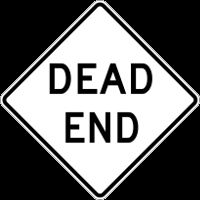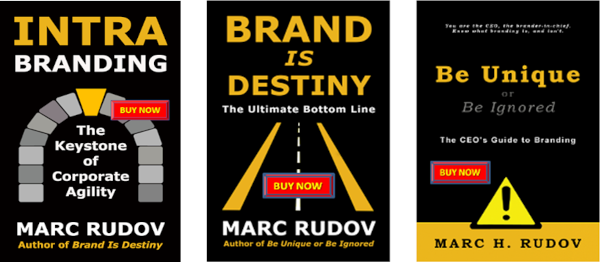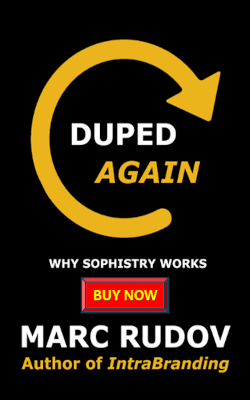Turnarounds & Branding
 Pick up any business publication, and you’ll read about turnarounds.
Pick up any business publication, and you’ll read about turnarounds.
Why so many?
Companies with weak or no brands are directionless — like ricocheting pinballs, bouncing from one tactic to another, one product to another, one message to another.
Exacerbating this problem is the high-inflation recession blanketing the globe. Enterprises, especially in the retail, oil & gas, and airline industries, are filing for bankruptcy protection. They’ll require turnarounds, at best, and will become ripe M&A targets, at worst.
Eventually and predictably, such companies hit dead ends. Customers and employees jump ship. Lines of credit and trade discounts disappear.
Three options: Fold, sell, or execute a turnaround.
Folding makes sense if the firm has no future and the assets have little value.
Selling a company in dire straits, if a buyer emerges, will yield a rock-bottom price.
Often, shareholders vote turnaround.
A turnaround implies that the company is salvageable, in some form. Such a gut-wrenching, disruptive action requires:
- A new brand, which establishes the purpose & direction
- Urgency to act, invest, and cut
- Big changes to the board and management team
- Restructuring people, processes, products, and all corporate relationships
- Verification that the aforementioned steps are working.

Many CEOs and boards of directors, especially at tech-centric enterprises, view branding as irrelevant, superfluous, or only for consumer-based suppliers. This is why they hit dead ends.
Every company, regardless of size, age, sector, or customer base requires a strong brand. And, the strongest brand always wins. No exceptions.

That’s why branding is the CEO’s #1 priority. The brand is the tip of the corporate arrowhead. It must be sharp; otherwise, the arrow won’t stick the target — an expensive consequence.

In a turnaround, the team must hire new people and fire incompatible staff, develop new products and eliminate useless ones, implement new processes and discard useless ones. How to decide? Simple: the brand is the boss.
Steve Jobs returned to Apple in 1997 to execute, perhaps, the most-notable turnaround in history. He eliminated 70% of the products. Acknowledging that extolling speeds & feeds is not how to sell products, he created the “Think Different” branding campaign. It was about value — aspiration and inspiration — not products and not technology. The new brand gave Apple a target, a purpose. It was wildly successful and turned around the company.

Advice to CEOs and Boards: Creating a new, strong, customer-validated brand is the first priority in every turnaround. All subsequent turnaround tasks are subordinate to the brand, which gives the company direction, purpose, and value.
Ignoring this axiom will hurt the effort and the shareholders.
I can help you in your turnaround. By the way, I’m a member of the Pittsburgh Chapter of the Turnaround Management Association.


